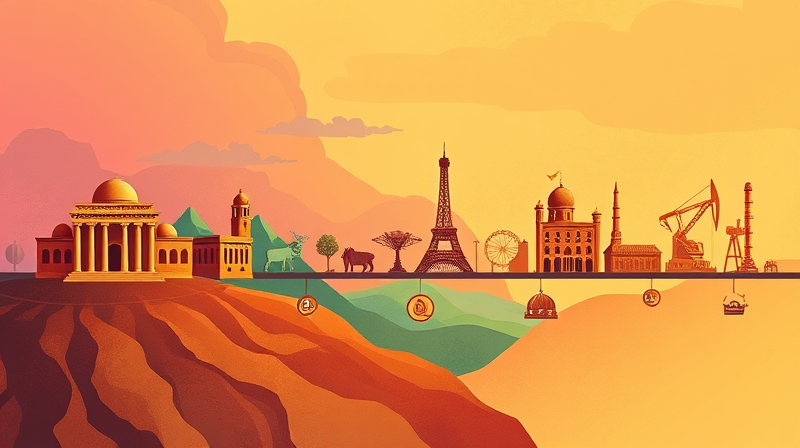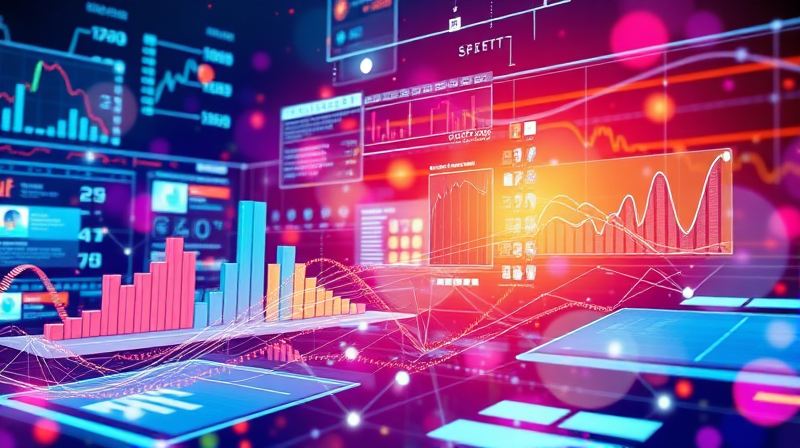Understanding history is like unraveling a rich tapestry woven through centuries of human achievements and setbacks. This guide is an inspiring journey through time, offering readers a way to follow the timeline of major developments in world history. From the uncharted eras of prehistory to the digital innovations of today, every period reveals unique lessons that continue to shape our lives.
History is not merely a record of dates and events; it is a vivid narrative that connects us to our past and lights the way forward. The study of historical timelines brings clarity and context to our rapidly changing world, making it easier for us to navigate the present and prepare for the future.
The Early Chapters: Prehistory to the Ancient Era (Before 500 CE)
The journey through time begins in the vast stretches of prehistory, where the foundations of our world were laid. Prehistoric events include the formation of the universe, the evolution of life on Earth, and the early existence of Homo sapiens long before formal writing systems were developed.
As the age of ancient history dawned, remarkable civilizations emerged and flourished across regions such as Mesopotamia, Egypt, and the early empires of Greece and Rome. These eras were marked by pivotal events such as:
- The birth of writing: The invention of writing systems enabled the recording of events and human thought, allowing legacies to survive through time.
- The rise of empires: The formation and expansion of ancient empires, such as Rome, left enduring influences on law, culture, and governance.
- Religious and philosophical transformations: Early religious movements and the birth of Christianity underscored how belief systems could unify or shape societies.
These foundational centuries form the bedrock upon which many of today's ideas and institutions are built.
Bridging the Eras: Postclassical Period (500–1500)
The collapse of the Roman Empire ushered in the medieval era, a time of profound transformation marked by both continuity and change. This period, known as the Postclassical Period, introduced new systems and cultures that reshaped the world. Feudalism, religious influence, and the establishment of Islamic Caliphates were key features that defined the cultural and political landscapes of the time.
Noteworthy events during this period include:
- Viking Explorations: The extensive voyages of the Vikings opened up trade routes and connected distant lands in unexpected ways.
- The Crusades: These series of conflicts, though marked by strife, also facilitated cultural exchanges between Europe and the Middle East.
- The rise of empires: The Mongol Empire, renowned for its vast territory and military prowess, linked various continents culturally and economically.
These events, though often turbulent, helped create connections that would echo through subsequent generations.
Transformations in the Early Modern Period (1500–1800)
The Early Modern Period was characterized by dramatic shifts in every aspect of society. This era witnessed the rebirth of arts and ideas during the Renaissance and the brave explorations of uncharted territories during the Age of Exploration. Cultural, scientific, and technological innovations defined this period.
Key transformative events include:
- The Renaissance: A time of rediscovery and artistic innovation that reshaped literature, art, and science.
- Exploration and colonization: The expansion of European nations into the Americas and beyond signified the beginning of global interconnectedness.
- Revolutions: The American and French Revolutions ignited political and social movements that promoted democracy and human rights.
Embracing these changes can inspire modern readers to value innovation and confront challenges with resilience.
Modern Milestones: The Modern Period (1800–1945)
The modern period brought profound transformation with rapid industrial expansion and seismic shifts in political paradigms. The 19th century, in particular, was a time where social movements and national reconfigurations left indelible marks on society.
Significant events include:
- The American Civil War: A pivotal event redefining the fight for human rights and social justice.
- European Unifications: The unification of Italy and Germany showcased how cultural and political consolidation could transform a continent.
- World Wars: The two World Wars not only altered national boundaries but also redefined global alliances. The tragedies of these conflicts led to the establishment of institutions like the League of Nations and later, the United Nations, which seek to maintain world peace.
The sacrifices and innovations of this era remind us that even in our darkest moments, the human spirit can drive progress and change.
Reaching the Present: The Contemporary Era (1945–Present)
The post-World War II era continues to shape our global narrative. This period is defined by rapid technological advancements and a deepening understanding of our interconnected world. The Cold War, civil rights movements, and the digital revolution have interwoven to form the fabric of contemporary society.
Recent decades have seen remarkable innovations and challenges, such as:
- The Space Race: Pioneering missions that not only expanded our cosmic horizons but also led to technological breakthroughs that benefit us today.
- Globalization: Increasing international collaboration and exchange have led to cultural convergence and economic integration.
- Environmental awareness: Climate change activism and sustainable development efforts underscore the urgency of protecting our planet for future generations.
In examining these developments, it becomes clear that history is an ever-evolving journey. Each era builds upon the lessons of the past, guiding us toward a more informed and effective future.
This timeline serves as a reminder of the resilience of human ingenuity and the enduring pursuit of progress. By understanding and appreciating the sequence of historical milestones, we are empowered to draw inspiration and forge paths toward innovative solutions for the challenges of today and tomorrow.







